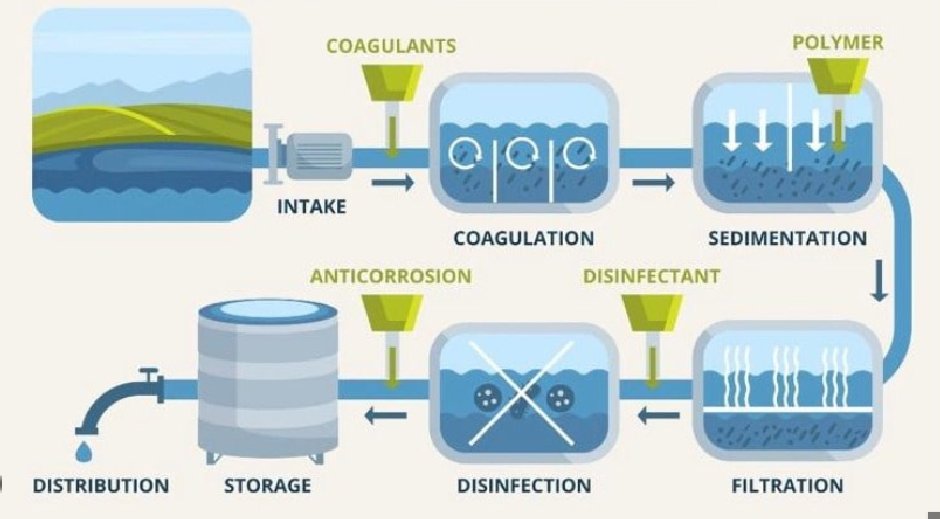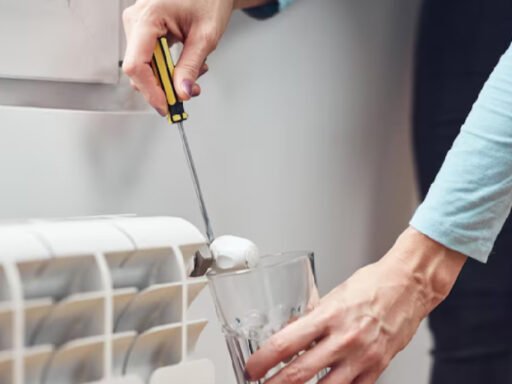Water purification systems are designed to meet the diverse needs of households and communities. They provide access to water that is safe for consumption and pleasant in taste and appearance. A high-quality water purification system incorporates several sophisticated features to achieve this goal, each aiding in the purification process. Here are seven features of these systems that make them valuable to any home or business:
Multi-Stage Filtration
Multi-stage filtration employs multiple filters to remove various contaminants from water. The initial stage involves a sediment filter, which catches large particulate matter. Subsequent stages may include activated carbon filters for removing chlorine and organic chemicals, followed by finer filters targeting microscopic particles. This layered approach allows for the removal of impurities, delivering cleaner, safer water.
Reverse Osmosis Technology
Reverse osmosis technology is effective in reducing a wide array of contaminants. It forces water through a semi-permeable membrane, which blocks impurities while allowing clean water to pass through. This process removes dissolved salts, lead, and other harmful substances, producing high-quality drinking water. Systems that are equipped with reverse osmosis technology benefit areas with hard or contaminated water.
UV Treatment
UV treatment utilizes ultraviolet light to disinfect water, targeting bacteria, viruses, and other pathogens while avoiding chemicals. As water flows past the UV light source, the DNA of the microorganisms is damaged, rendering them harmless. This practical and environmentally friendly method provides safe water for consumption while maintaining its natural taste and odor.
Activated Carbon Filters
Activated carbon filters are integral for improving the aesthetic qualities of water. They effectively remove chlorine, volatile organic compounds (VOCs), and other chemicals that may cause unpleasant tastes or odors. The porous nature of activated carbon provides a large surface area for adsorption, trapping contaminants as water flows through the filter. This results in cleaner, better-tasting water.
Ion Exchange Technology
Ion exchange technology softens hard water by removing calcium, magnesium, and other metal ions. Resin beads within the system exchange these ions for sodium or potassium ions, reducing scale buildup in pipes and appliances. This technology improves water quality, extends the lifespan of plumbing systems, and lowers maintenance costs.
Automated Monitoring and Maintenance
A modern water purification system features automated monitoring and maintenance capabilities. These systems can detect changes in water quality, filter performance, and system efficiency. This alerts users to the need for maintenance or filter replacement. Automation enhances the reliability of the purification process, fostering consistent water quality with minimal user intervention.
Customizable System Capacity
The ability to customize the capacity of a purification system is crucial for meeting the specific needs of different users. Systems can range from small, under-sink units for individual households to large, centralized systems capable of serving entire communities. This flexibility allows for tailored solutions that efficiently address varying demands for clean water.
Enhance Your Water Quality with a High-Performance Water Purification System
Investing in a water purification system is a good decision for anyone concerned about water quality. Its features, including multi-stage filtration and customizable system capacity, work together to provide safe, clean, and great-tasting water. By understanding these features, you can make an informed choice that meets your water purification needs. Call a trusted professional today to help you secure a system that will meet your water quality needs.





